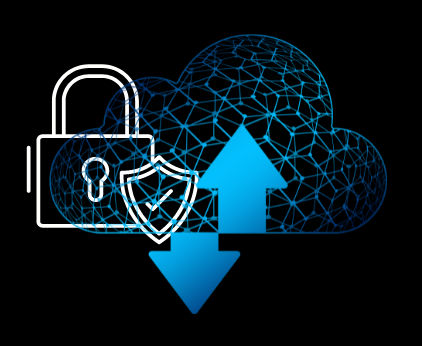As a leading AWS consulting firm, Tenthline Inc. has helped many organizations adopt and secure their infrastructure on Amazon Web Services (AWS). With the increasing use of cloud computing, it is important for organizations to understand and implement security best practices in order to protect their assets in the cloud. In this article, we will discuss the key AWS security best practices for protecting your infrastructure on AWS.
Implementing Identity and Access Management (IAM)
Identity and Access Management (IAM) is a fundamental component of AWS security and enables you to manage user identities and permissions. When implementing IAM, it is essential to follow best practices such as:
- Creating separate IAM users for each person or application that requires access to AWS resources
- Enabling Multi-Factor Authentication (MFA) for all IAM users who have access to sensitive resources
- Using IAM policies to define the permissions that each user or group should have
- Regularly reviewing and updating IAM policies to ensure they are current and relevant
 IAM allows you to control who can access your AWS resources and what they can do with those resources. It also provides a centralized way to manage user identities and permissions. By implementing IAM, you can ensure that only authorized users have access to your AWS environment and that their access is limited to the necessary resources.
IAM allows you to control who can access your AWS resources and what they can do with those resources. It also provides a centralized way to manage user identities and permissions. By implementing IAM, you can ensure that only authorized users have access to your AWS environment and that their access is limited to the necessary resources.
Securing Network Traffic with Virtual Private Clouds (VPCs)
Virtual Private Clouds (VPCs) enable you to create isolated networks within AWS and are a powerful tool for securing network traffic. When setting up a VPC, best practices include:
- Creating separate VPCs for different types of resources, such as production, development, and test environments
- Using subnets to segment your VPC into separate security zones
- Securing inbound and outbound network traffic with security groups and network ACLs
- Implementing a VPN connection to securely connect your on-premises infrastructure to your AWS VPC
By using VPCs to segment your network and secure network traffic, you can protect your AWS environment from potential security threats. VPCs also provide a way to isolate your AWS resources from the public internet and secure network traffic between your on-premises infrastructure and AWS.
Encrypting Data at Rest and in Transit
Encrypting data at rest and in transit is a critical step in protecting your data on AWS. Best practices for data encryption on AWS include:
- Encrypting data at rest using AWS Key Management Service (KMS) or using encryption tools provided by your database or storage service
- Encrypting data in transit using Secure Sockets Layer (SSL) or Transport Layer Security (TLS)
- Using encryption tools and services provided by AWS, such as S3 encryption and EBS encryption
- Regularly rotating encryption keys to ensure the security of your encrypted data
Data encryption is a key component of AWS security and helps to protect sensitive information stored on AWS. By encrypting data at rest and in transit, you can ensure that your data is protected from unauthorized access and unauthorized use. Encryption also helps to comply with industry standards and regulations that require data encryption.
Best Practices for AWS Security
In addition to the key AWS security best practices discussed above, there are many additional best practices that organizations can implement to secure their infrastructure on AWS. These best practices include:
- Implementing security monitoring and logging to detect and respond to security incidents
- Regularly updating and patching software and operating systems
- Conducting regular security assessments and penetration testing
- Implementing network segmentation to isolate sensitive resources


Leave A Comment